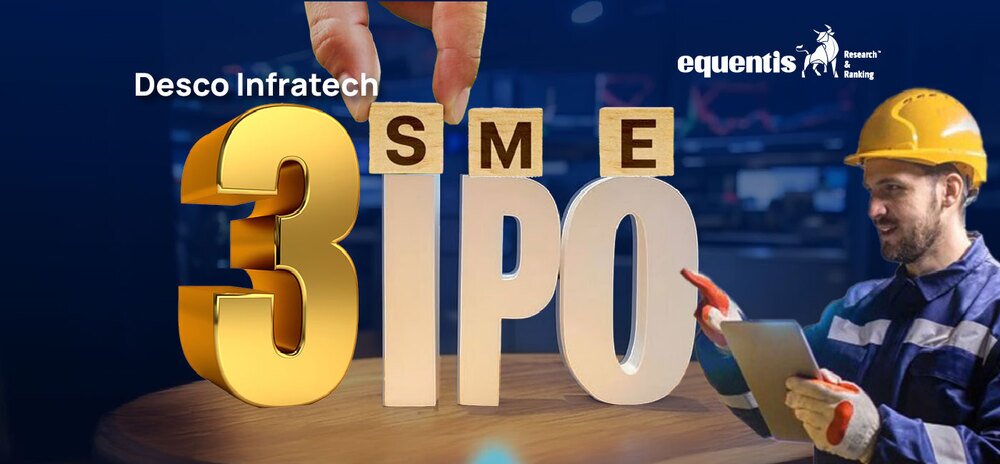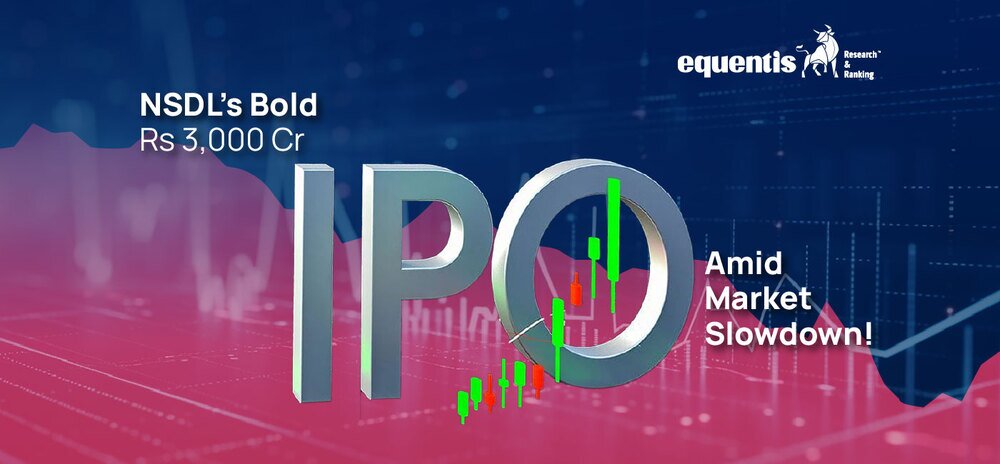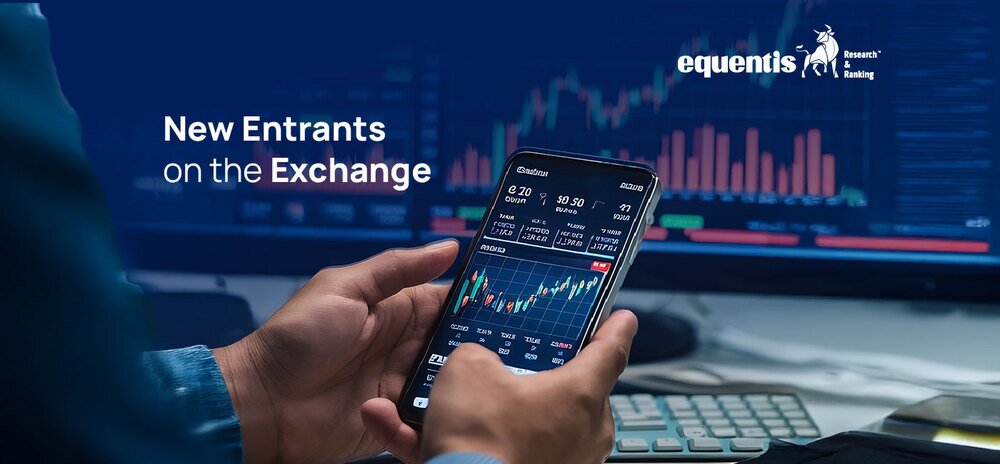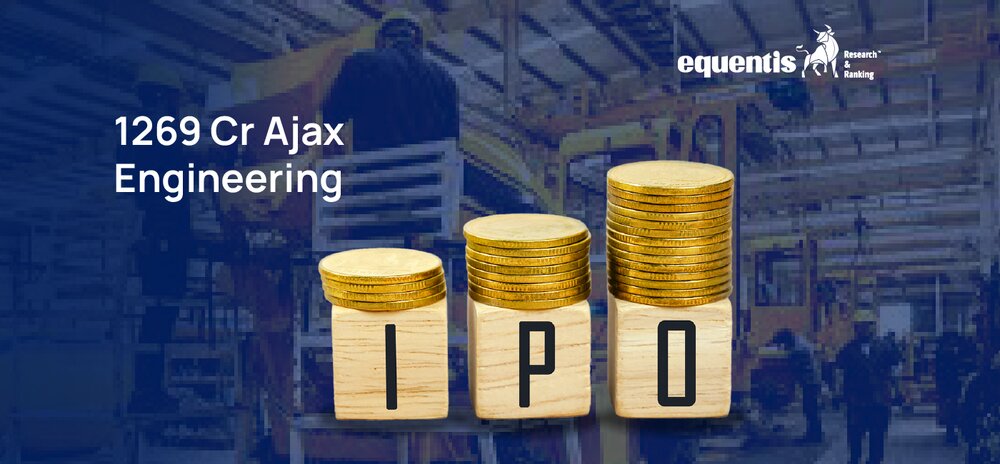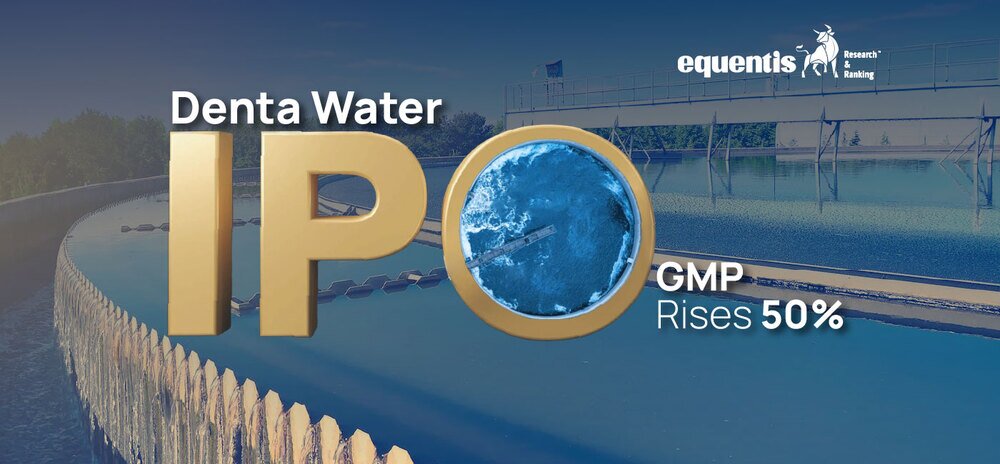Initial Public Offerings (IPOs) are significant milestones in the stock market, allowing private companies to go public and raise capital. For investors, understanding IPO listing time is crucial to making informed decisions.
A stock market advisor can provide insights into upcoming IPOs, helping investors strategize their trades. The IPO listing process involves regulatory approvals, market conditions, and investor sentiment, all influencing stock performance on the first trading day. Knowing the exact listing time can enhance investment opportunities.
What is IPO Listing Time and Why It Matters for Investors
IPO listing time refers to when a company’s shares start trading on a public stock exchange. This timing is significant for investors because it allows when they can start buying or selling the newly issued shares. The initial trading hours can be particularly volatile, presenting opportunities and risks.
Understanding the Importance of IPO Listing Time in Market Movements
The listing time for IPO can influence market dynamics, including liquidity and price fluctuations. Investors aware of the stock’s listing time can perhaps better strategize their entry or exit points, potentially optimizing their investment outcomes.
What is IPO Listing Time?
IPO listing time refers to the designated moment when a company’s shares begin trading on a stock exchange. This milestone marks the company’s shift from private to public, enabling broader investor participation.
For those tracking current IPOs, understanding listing time is crucial, as it influences trading strategies and price movements on debut. The timing of an IPO plays a crucial role in market dynamics, affecting investor sentiment and demand, ultimately determining the stock’s initial performance in the open market.
How the Stock Exchange Decides When an IPO Gets Listed
In collaboration with regulatory bodies and the issuing company, stock exchanges determine the listing schedule. Factors such as regulatory approvals, market conditions, and logistical considerations play roles in setting the exact time and date for the IPO listing.
IPO Listing Time in Market: How It Works
IPO Listing Time on NSE and BSE
In India, the National Stock Exchange (NSE) and the Bombay Stock Exchange (BSE) have a structured process for IPO listings:
New Share Listing Time and Market Reactions
On the listing day, the trading schedule is as follows:
- 9:00 AM to 9:35 AM: Investors can place, modify, or cancel limit orders for the new listing.
- 9:35 AM to 9:45 AM: Continuation of limit order placements, with the system randomly closing pending orders within this window.
- 9:45 AM to 9:55 AM: The exchange matches orders to determine the stock’s opening price.
- 9:55 AM to 10:00 AM: A buffer period to ensure a smooth transition into the normal trading session.
- 10:00 AM to 3:30 PM: Regular trading hours commence, during which orders can be placed, modified, or canceled.
This structured approach facilitates an orderly market entry for new IPO shares.
IPO Listing Schedule on NYSE and NASDAQ (USA)
In the United States, the New York Stock Exchange (NYSE) and NASDAQ follow these general guidelines:
- 9:30 AM ET: Regular trading hours commence.
- Post 9:30 AM ET: IPOs typically begin trading after the opening bell, but the exact time can vary based on factors like order book building and regulatory approvals.
It’s common for IPOs to start trading a few hours into the trading day to ensure all processes are in place.
Different IPO Listing Times Across Global Stock Exchanges
Globally, IPO listing times vary based on regional practices and regulations. Each stock exchange has its protocols to ensure a smooth listing process.
Table: IPO Listing Time Across Various Stock Exchanges
| Stock Exchange | Pre-open Session | Listing Time | Time Zone |
| NSE (India) | 9:00 – 10:00 AM | 10:00 AM | IST |
| BSE (India) | 9:00 – 10:00 AM | 10:00 AM | IST |
| NYSE (USA) | N/A | After 9:30 AM | ET |
| NASDAQ (USA) | N/A | After 9:30 AM | ET |
When Does an IPO Get Listed After Allotment?
IPO Timeline: From Subscription to Listing on the Stock Exchange
The journey of an IPO from subscription to listing typically follows these stages:
- Subscription Period: Investors apply for shares during this window.
- Allotment Process: Shares are allocated to investors based on demand and regulatory guidelines.
- Listing Date: The company’s shares commence trading on the stock exchange.
This process ensures that all regulatory and logistical requirements are met before public trading begins.
What Happens Between IPO Allotment and Stock Listing
Between allotment and listing, several critical activities occur:
- Regulatory Filings: Final documentation is submitted to regulatory bodies.
- Share Credit: Allotted shares are credited to investors’ demat accounts.
- Price Discovery Preparation: Mechanisms are set up to determine the opening price on listing day.
These steps are essential to facilitate a transparent and efficient market debut.
Time of IPO Listing on the Stock Market
1. Pre-Opening Session and Price Discovery Mechanism
The pre-opening session plays a vital role in establishing the opening price of a new stock. During this period:
- Order Collection: Investors place buy and sell orders without immediate execution.
- Order Matching: Exchanges match orders to determine an equilibrium price.
- Price Discovery: The opening price is set based on matched orders, reflecting market sentiment.
This mechanism helps mitigate volatility and ensures a fair starting price.
2. Exact Stock Exchange IPO Listing Time for Trading
The precise listing time varies by exchange:
- NSE and BSE: IPOs begin trading at 10:00 AM IST after the pre-open session.
- NYSE and NASDAQ: IPOs typically start trading sometime after the market opens at 9:30 AM ET, depending on various factors.
Investors should monitor official announcements for exact timings.
How Market Orders and Limit Orders Affect Early Trading Volumes
The types of orders placed can significantly impact early trading:
- Market Orders: Executed immediately at the current market price, contributing to higher initial volatility.
- Limit Orders: Executed only at a specified price or better, providing more control but potentially slower execution.
Understanding these order types helps investors strategize their trading approach on listing day.
Factors That Affect IPO Listing Time and Performance
1. Market Volatility and Economic Conditions
Prevailing market conditions can influence both the timing and performance of an IPO. High volatility or unfavorable economic indicators may lead companies to adjust their listing schedules or pricing strategies.
2. Demand and Subscription Levels During the IPO Process
Strong investor demand, indicated by oversubscription, can positively impact the listing price and initial performance. Conversely, under-subscription may lead to subdued market reception.
SEBI and Regulatory Approvals for Final Listing
In India, the Securities and Exchange Board of India (SEBI) plays a pivotal role in the IPO process. Companies must obtain SEBI’s approval before proceeding with an IPO, ensuring compliance with regulatory standards and protecting investor interests. This approval process involves rigorous scrutiny of the company’s financial health, governance practices, and disclosure norms. Once SEBI grants approval, the company can schedule its listing, marking the transition from a private entity to a publicly traded company.
Why Some IPOs List at a Premium While Others List at a Discount
The listing price of an IPO can vary based on several factors:
- Market Sentiment: Positive market conditions and investor optimism can drive higher demand, leading to a premium listing.
- Company Fundamentals: Strong financials, a robust business model, and growth prospects make an IPO more attractive, potentially resulting in a premium.
- Subscription Levels: Oversubscribed IPOs often list at a premium due to high demand, while undersubscribed ones may list at a discount.
Understanding these factors can help investors gauge potential price movements on listing day.
Case Study: IPOs That Saw High Volatility During Listing
Several IPOs have experienced significant volatility on their listing days. For instance, companies with high pre-listing hype but uncertain fundamentals have seen sharp price fluctuations. Such volatility underscores the importance of thorough research and cautious investment strategies during IPO listings.
1. Ola Electric Mobility Ltd. (August 2024):
Ola Electric’s IPO was launched at ₹76 per share but saw high volatility. By March 2025, the stock dropped by 38% to ₹47.4. Financial troubles, including an insolvency case from a creditor, falling sales, regulatory issues, and restructuring efforts caused this decline.
2. Hyundai Motor India Ltd. (October 2024):
Hyundai Motor India’s $3.3 billion IPO was one of the biggest in India. However, the stock fell by 4% on the first trading day. Weak interest from small investors and challenges in quick stock trading affected its debut. Despite this, strong support from big investors ensured the IPO’s success.
Should You Buy on Listing Day or Wait?
Deciding when to invest in an IPO requires careful consideration:
- Buying on Listing Day: This approach allows investors to capitalize on initial price movements but comes with higher volatility and risk.
- Waiting: Observing the stock’s performance post-listing can provide insights into its stability and long-term potential, albeit possibly at a higher entry price.
How to Plan Trades Around IPO Stock Listing Time
Effective planning involves:
- Research: Analyze the company’s fundamentals, industry position, and growth prospects.
- Monitoring Market Conditions: Assess overall market sentiment and economic indicators that could influence the stock’s performance.
- Setting Clear Objectives: Define your investment horizon and profit targets to guide your trading decisions.
Understanding Limit Orders vs. Market Orders on IPO Listing
Choosing the right order type is crucial:
- Limit Orders: Specify the maximum price you’re willing to pay, providing control over your entry point but with the risk of non-execution if the price doesn’t reach your limit.
- Market Orders: Ensure immediate execution at the current market price but may result in higher costs due to rapid price changes.
Key Takeaways on IPO Listing Time and Market Trends
- Regulatory Oversight: SEBI’s approval is critical in the IPO process, ensuring transparency and investor protection.
- Structured Listing Process: The pre-open and regular trading sessions are designed to facilitate orderly trading of new IPO shares.
- Market Dynamics: Market sentiment, company fundamentals, and subscription levels significantly influence the listing price and subsequent performance.
How Investors Can Plan for IPO Stock Listings Strategically
To assess IPO performers effectively, understand the company’s business model, financial health, and industry landscape. Stay informed about market trends and economic indicators that may influence stock performance. Evaluate your risk appetite and investment objectives to identify suitable entry and exit points. By taking a strategic approach, investors can navigate the complexities of IPO listings and optimize their investment outcomes.
FAQs
What time does an IPO list on the stock exchange?
In India, on the listing day, the stock begins trading at 10:00 AM, following the pre-open session that starts at 9:00 AM.
Can an IPO listing time be delayed?
Yes, IPO listing times can be delayed due to factors such as regulatory issues, market volatility, or logistical challenges.
How does the stock exchange determine IPO listing time?
The stock exchange, in coordination with the issuing company and regulatory bodies like SEBI, schedules the listing time based on factors such as regulatory approvals, market readiness, and operational considerations to ensure a smooth debut.
 Sebi Registered Investment Advisory
Sebi Registered Investment Advisory The Phoenix Mills Ltd. (PDF)
The Phoenix Mills Ltd. (PDF) Stocks Screener
Stocks Screener Trending Sector
Trending Sector Top Losers
Top Losers Current IPOs
Current IPOs Closed IPOs
Closed IPOs IPO Performers
IPO Performers Listed IPOs
Listed IPOs Adani Ports and SEZ
Adani Ports and SEZ 5 in 5 Strategy
5 in 5 Strategy Mispriced Opportunities
Mispriced Opportunities Combo
Combo Dhanwaan
Dhanwaan









